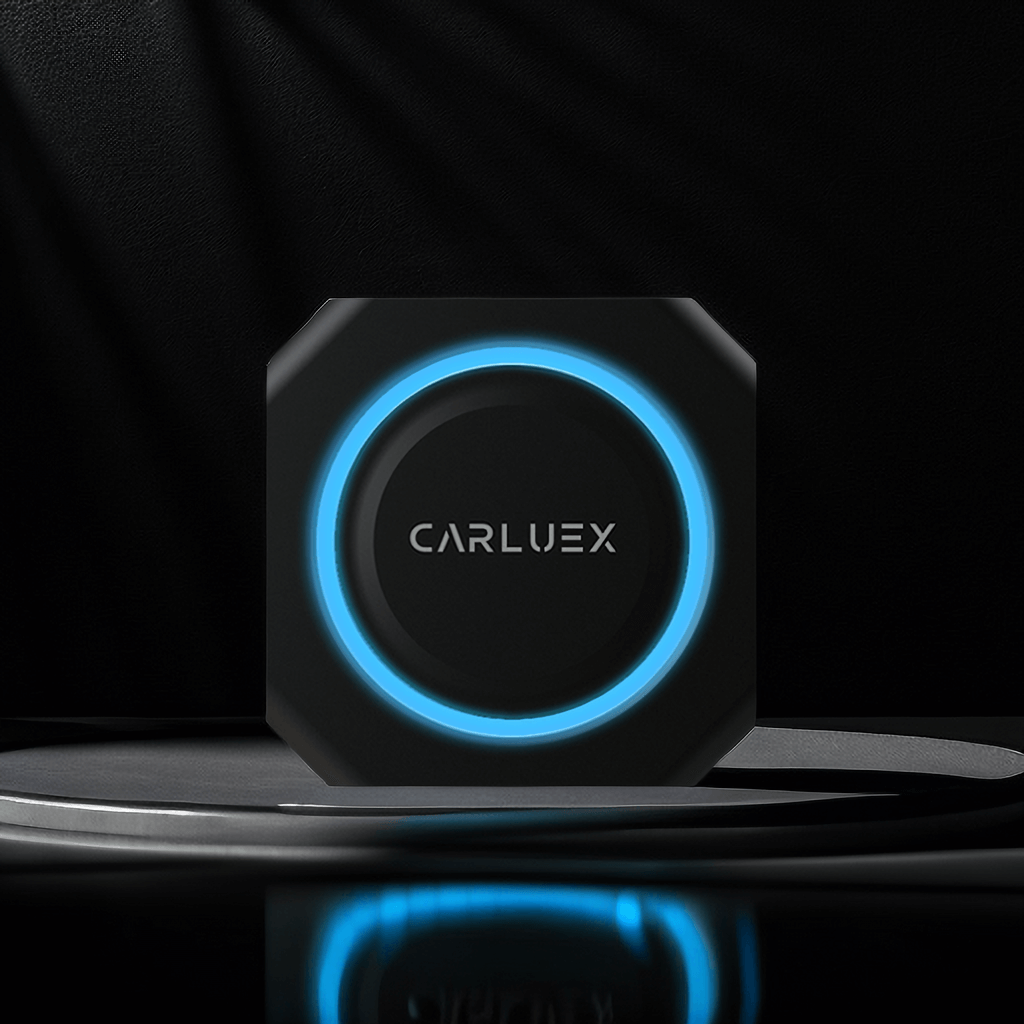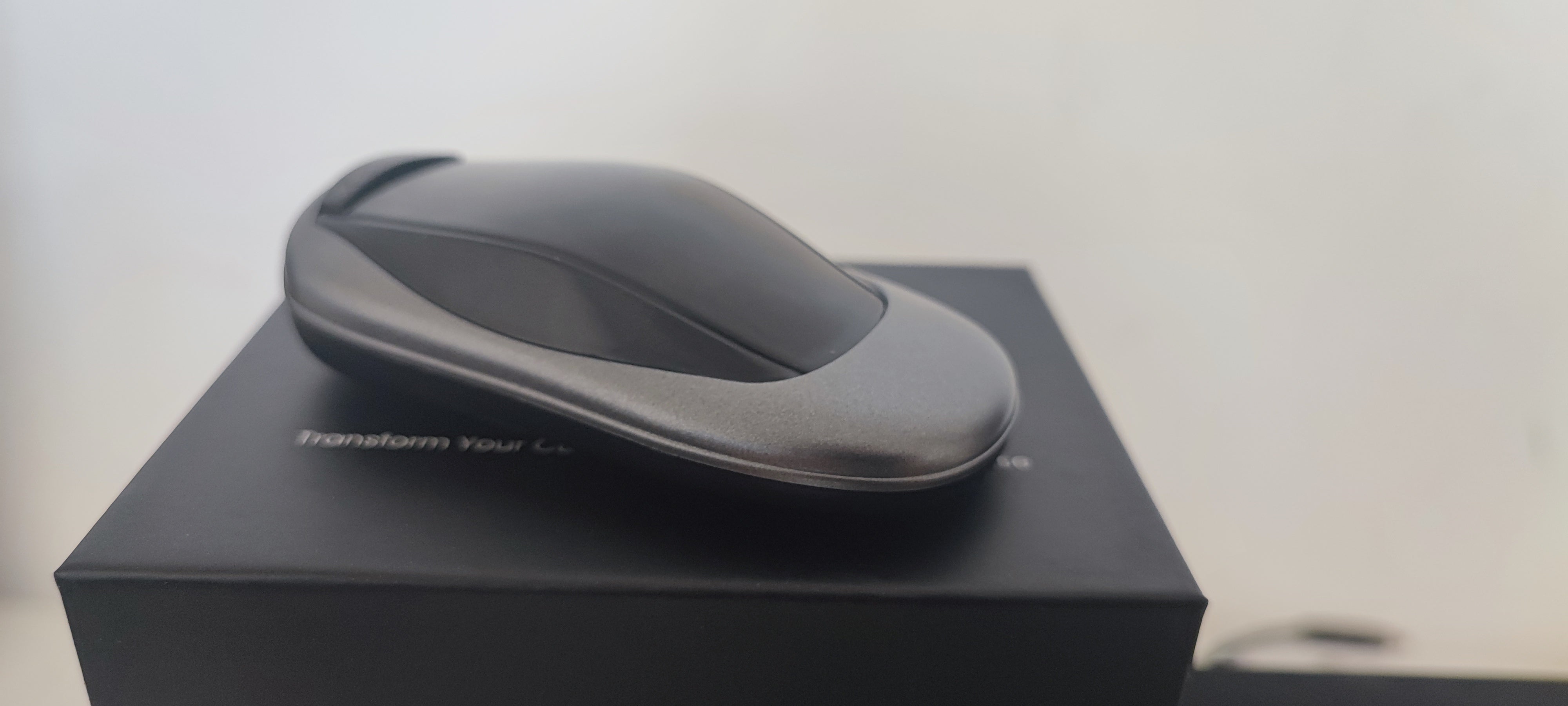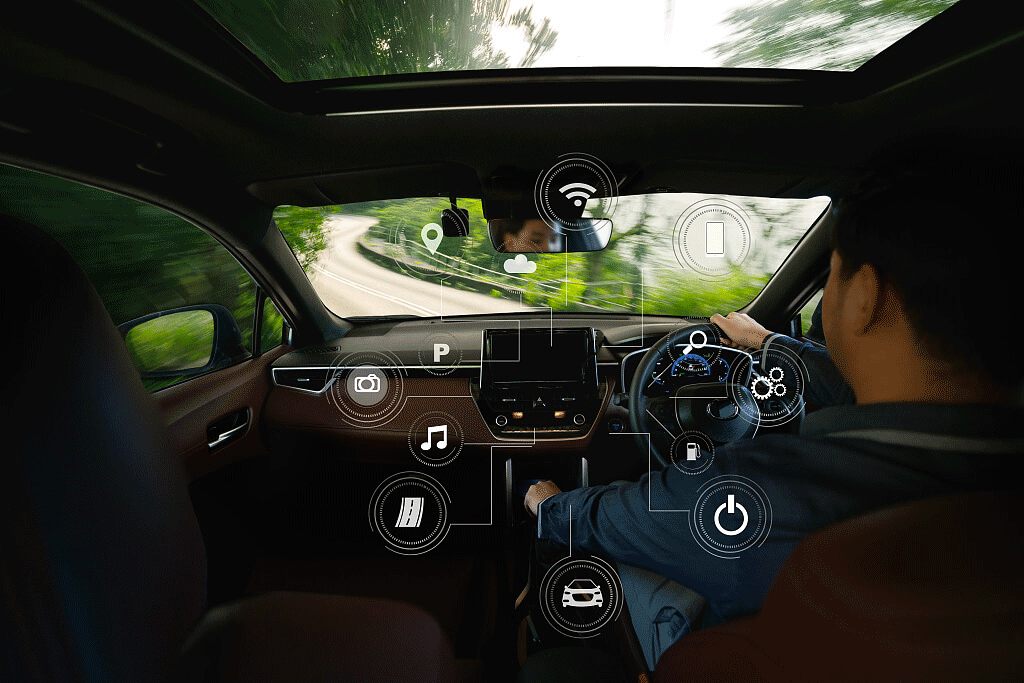The Future of In-Vehicle Displays: Large Screens and Multi-Screen Interaction
The automotive industry is experiencing a revolution in in-vehicle displays, with larger screens and multi-screen interactions becoming increasingly common. This article explores the trends, benefits, and challenges of this technology, including the integration of wireless CarPlay adapters.
In-vehicle Screen Sizes Will Continue to Increase with Higher Resolution
The automotive industry is witnessing a revolution in in-vehicle displays. As technology advances and consumer preferences shift, car manufacturers are reimagining the driving experience through larger, more sophisticated screens. These expansive displays are not just about size; they're about creating an immersive digital environment that enhances both functionality and aesthetics.
From sleek touchscreens that span the width of the dashboard to high-resolution displays that rival home entertainment systems, these new interfaces are transforming how drivers and passengers interact with their vehicles. The trend towards digital cockpits reflects a broader shift in automotive design, where the lines between technology and transportation continue to blur.
This evolution in screen technology is not just a luxury feature but a response to growing consumer demand for more connected, intuitive, and visually appealing interiors. As screens become larger and clearer, they're reshaping the very architecture of car interiors, offering new possibilities for information display, entertainment, and vehicle control.
The future of automotive interiors is clear: bigger, brighter, and more integrated displays that promise to make our time on the road more informed, entertaining, and enjoyable than ever before.
Large Screens and Multi-Screen Interaction Redefining the Driving Experience

These large, high-resolution screens are redefining the in-vehicle experience by offering both enhanced visual appeal and improved functionality. With these advanced displays, drivers can simultaneously access a wealth of information—ranging from navigation and vehicle status to entertainment content—without feeling overwhelmed or distracted. The clarity of high-resolution screens ensures that text is sharper and images are more detailed, significantly elevating the quality of the user interface. This combination of expansive, clear displays and intuitive design makes for a more engaging and efficient driving experience, where essential information is always at the driver's fingertips.
Balancing Visual Appeal and Driving Safety in Design
The trend towards larger, more advanced in-vehicle displays is not without its challenges. As automakers push the boundaries of screen technology, they must carefully navigate the delicate balance between impressive visuals and practical interior design. The integration of expansive screens requires thoughtful consideration of space utilization, ensuring that the digital interface enhances rather than compromises the overall cabin experience.
A key concern in this evolution is driver safety. As screens grow in size and capability, there's an increased need to design interfaces that provide information efficiently without causing distraction. This challenge is driving innovation in user interface design and human-machine interaction.
Future Trends in In-Vehicle Display Technology
Looking ahead, the automotive industry is poised for even more exciting developments. We may soon see the introduction of flexible or foldable displays that can adapt to different driving modes or user preferences. These innovations, coupled with increasingly intelligent user interfaces, promise to further refine and optimize the in-car digital experience.
The future of in-vehicle displays is not just about bigger screens, but smarter, more intuitive systems that seamlessly blend technology with the art of driving, creating a harmonious and enhanced automotive experience.
Front and Rear Screens Can Achieve Content Sharing and Interaction

The evolution of in-car entertainment has taken a significant leap forward with the introduction of content sharing and interaction between front and rear screens. This innovative feature is transforming the way passengers engage with each other and their vehicle's infotainment system.
Imagine a road trip where the front passenger can effortlessly project navigation details to the rear screens, ensuring everyone's on the same page about the journey. Or picture rear-seat passengers sending their favorite music suggestions to the front, influencing the car's soundtrack in real-time. This level of connectivity creates a more collaborative and engaging travel experience for all occupants.
The ability to share and interact across screens opens up new possibilities for in-car entertainment. Whether it's streaming a movie from the front to the back for the kids, or allowing rear passengers to join in on a gaming session, the car becomes a more integrated and social space.
This technology not only enhances the entertainment aspect but also improves practical communication within the vehicle. It bridges the gap between different seating positions, fostering a sense of unity and shared experience among all passengers. As this technology continues to evolve, we can expect even more seamless and intuitive ways for vehicle occupants to interact, share, and enjoy their journey together.
The integration of interactive content sharing between front and rear screens in vehicles is revolutionizing the way we experience travel, transforming cars into dynamic, collaborative spaces. This innovative feature goes beyond mere entertainment, offering a multitude of practical applications that cater to various scenarios and passenger needs.
Enhancing Family Travel Experiences
For family trips, this technology becomes a powerful tool for parental supervision and shared experiences. Parents can easily monitor and control the content their children access on rear screens, ensuring age-appropriate entertainment while on the move. The ability to sync screens also opens up opportunities for family-wide activities, such as interactive quizzes or shared movie-watching experiences, turning long journeys into bonding opportunities.
Optimizing Business Travel Efficiency
Business travelers benefit significantly from this advancement as well. The car becomes an extension of the office, with real-time document sharing and collaborative discussions possible between all occupants. This feature enhances productivity, allowing teams to make the most of travel time by conducting impromptu meetings or reviewing presentations together.
Amplifying Social Interaction and Fun
Moreover, for groups of friends or extended family outings, the interactive screens foster a more social atmosphere. Passengers can engage in multiplayer games, share music playlists, or collectively plan route stops, all contributing to a more enjoyable and inclusive journey.
This level of interactivity and content sharing between vehicle occupants represents a significant step forward in in-car technology. It not only enhances entertainment options but also improves communication, productivity, and overall travel experience, making every journey more engaging and efficient for all passengers.
Challenges and Future Developments

While the advent of interactive content sharing between front and rear screens in vehicles offers exciting possibilities, it also presents some notable challenges that automakers and tech developers must address.
One of the primary concerns is driver distraction. As the car becomes a more connected and interactive space, there's an increased risk of the driver's attention being diverted from the road. Striking the right balance between engaging features and driving safety is crucial.
Another significant challenge lies in managing personal privacy within this shared digital environment. With multiple users potentially accessing and sharing content, there's a need for robust systems that can protect individual privacy while still allowing for collaborative experiences.
Looking ahead, the industry is likely to see the emergence of more sophisticated content management systems. These advanced systems could potentially use artificial intelligence to automatically adjust settings based on different scenarios. For instance, they might limit certain interactive features when the car is in motion, or adjust content sharing permissions based on who's in the vehicle.
These smart systems could also personalize the experience for each occupant, remembering preferences and automatically suggesting appropriate content or privacy settings. They might even integrate with external factors like time of day, traffic conditions, or journey type to optimize the in-car experience.
As this technology evolves, we can expect to see more nuanced solutions that enhance the benefits of interactive screens while mitigating potential drawbacks. The goal is to create an in-car environment that is not only entertaining and productive but also safe and respectful of individual privacy needs.
Conclusion
As in-vehicle display technology continues to evolve, we can expect more innovative solutions that enhance the driving and passenger experience. The integration of wireless CarPlay adapters with these advanced systems will play a crucial role in creating seamless, connected, and enjoyable journeys for all occupants. Click to subscribe to CARLUEX to learn more.
Picture Source: Internet.











Commenta
Nota che i commenti devono essere approvati prima di essere pubblicati.
Questo sito è protetto da hCaptcha e applica le Norme sulla privacy e i Termini di servizio di hCaptcha.